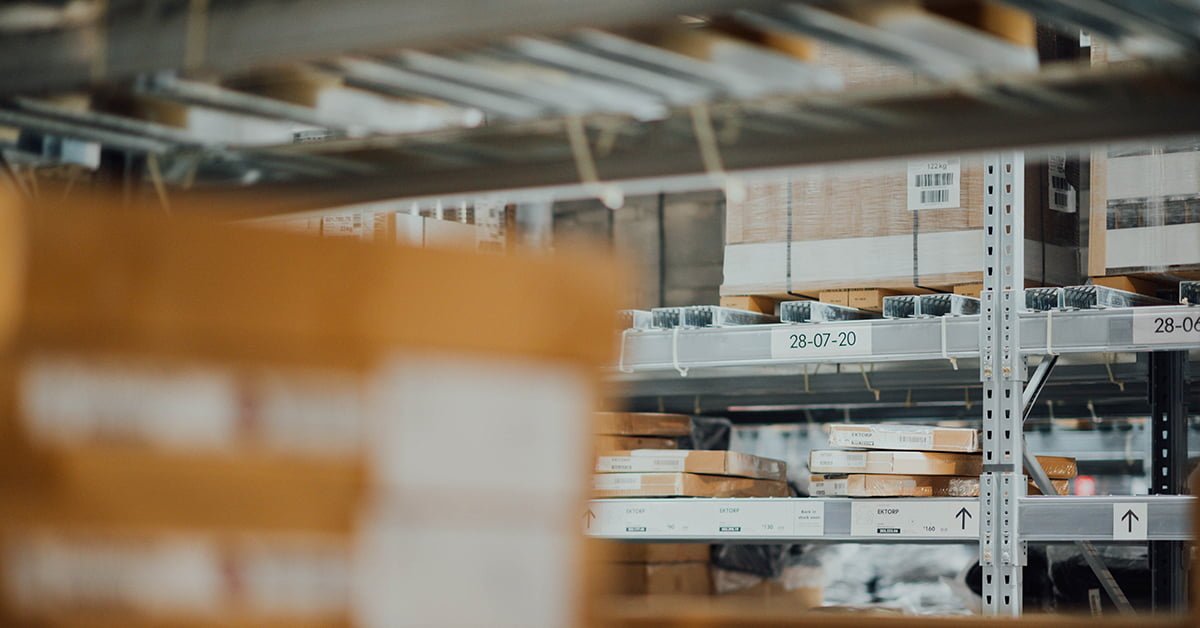Of all the steps along the supply chain network, the warehouse is one of the most critical yet most often overlooked. Dealing with overage, short, and damaged freight (OS&D) within the supply chain network is a vital part of management’s job. According to Scanco, “15% of all goods are either returned or never sold to begin with, and a large portion of these goods end up back with the manufacturer. Assuming your warehouse is right-sized to fit your typical stock needs, a 15% product overage will quickly start cutting into your space, making it harder for you to optimize your storage. This won’t work in today’s landscape of tight margins and increased warehouse efficiency.” Finding ways to manage and resolve issues within the warehouse set up, execution of loads, and the warehouse design functionality, assessed by advanced analytics, can go a long way in improving response times, inventory management, and overall profits. And supply chain leaders need to understand why dealing with OS&D in the most effective manner possible is key to proper logistics management.
Know the Real-Time Status of Freight
Working with accurate and up-to-date data is essential in managing inventory and shipping load efficiency. Making decisions with old, outdated information can cause more harm than good and is often the cause of miscommunications, delays, delivery errors, and bad customer experiences. Having access to real-time data about OS&D occurrences inside the warehouse and in transit is crucial to maximizing throughput.
Keep Everything in Context, Such as Damage Caused by Weather or Unforeseen Events
Responding to issues and problems in the warehouse can best be analyzed and resolved when taken within the short-term and long-term picture. Information grouped together, taken in the context of internal and external influences, responds better to analytics, so keeping things in context will make your decisions more effective and make OS&D easier to address and overcome.
Collect and Manage Digital Documents
Making a move from manually searching for and recording data and struggling to organized piles of paper each quarter is the way of the past. Old and outdated methods are being replaced across the shipping and transportation industries. Digital automation is the way of the future and is essential for OS&D management with the warehouse side of the supply chain network.
Share Updates With Trading Partners in Real-Time
Working with real-time data and communicating quickly and efficiently are crucial to effective supply chain and warehouse management. Dealing with OS&D issues means being able to identify and respond to problems promptly and efficiently. Automated responses, accurate records, and real-time communication boost collaboration with trading partners, team members, and third parties efficiently.
Give Drivers an App to Manage and Upload Documents and Photos
One of the critical steps in the supply chain network has a direct impact on the warehouse operations and may not occur in the warehouse at all. Enabling drivers to contribute to the real-time data and streamline the process helps every other link in the chain run more effectively and smoothly. Managing and resolving OS&D issues starts with the driver managing documents, such as the bill of lading and proof of delivery, in real-time.
Use Automated Analytics to Validate and Authorize Payment on Invoices
The final step in most deliveries is processing payments on invoices. Streamlining the invoice and payment process can help improve response time and also can give a clearer picture of how inventory is flowing in and out of the warehouse at any point and time. Accurate payment information and successful order closings provide real-time data to make OS&D easier to identify and address when they do occur.
Use a single pane of glass solution for OS&D
Managing the ins and outs of warehouse inventory and organizing orders and communicating with team members and clients can become overwhelming at times. One of the easiest ways to deal with OS&D issues that can arise uses a streamlined approach that’s based on data and integrated systems. When everyone knows how to respond, problems can be resolved quickly and easily from start to finish. Learning to manage overage, short & damaged freight quickly must be a top priority for all supply chains. To learn more about overcoming these costly obstacles and streamlining the process, visit Turvo online today.








